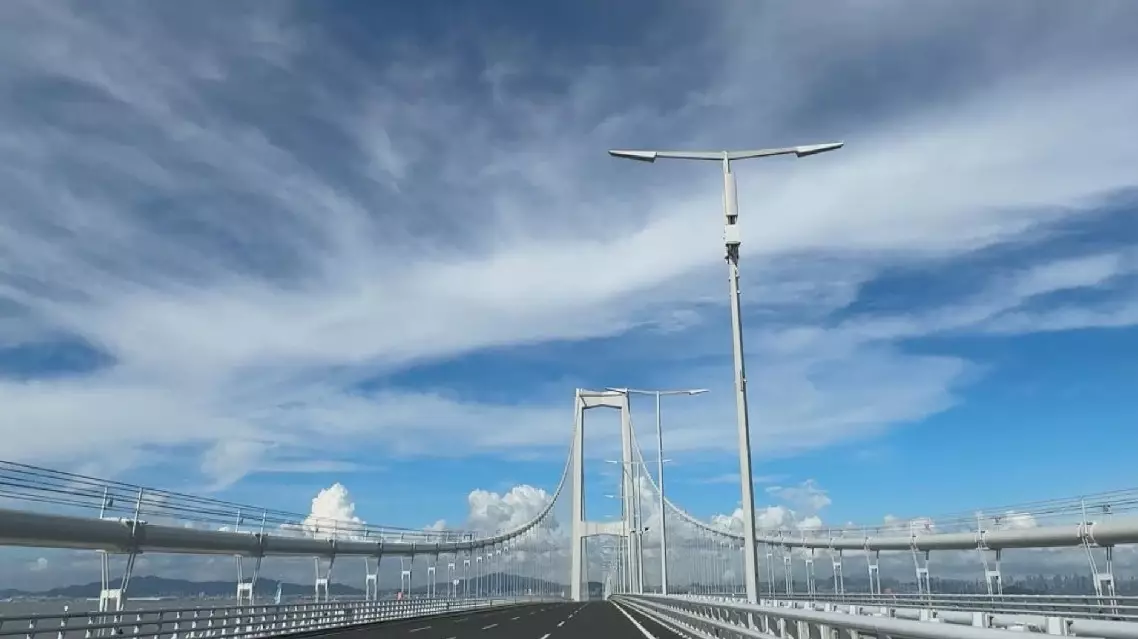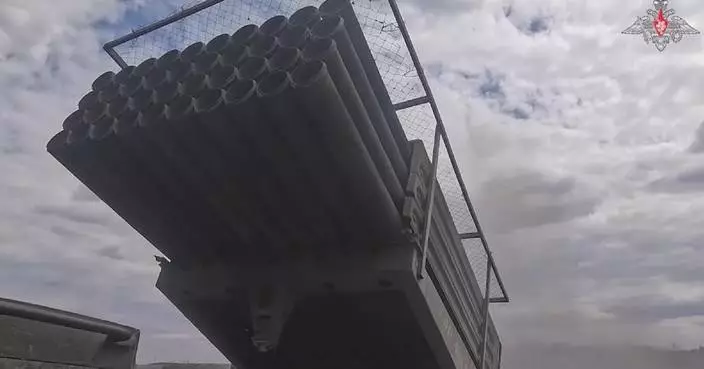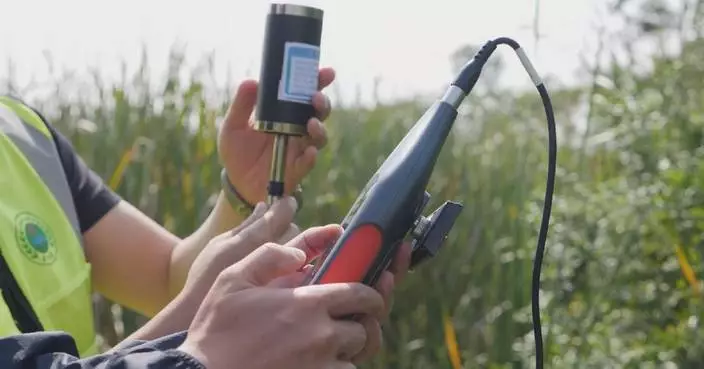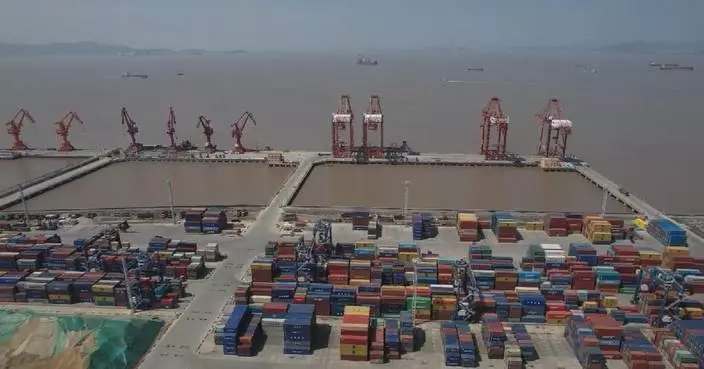The Shenzhen-Zhongshan Link, a mega cross-sea passage in southern China that features two bridges, two artificial islands, and an underwater tunnel, offers a groundbreaking travel experience with its comprehensive 5G coverage and advanced navigation systems.
The link, a major transportation project in the Guangdong-Hong Kong-Macao Greater Bay Area, opened to traffic at 15:00 on Sunday.
Spanning 24 km, the link drastically reduces travel time between the city of Zhongshan and the technology hub of Shenzhen, situated on the opposite sides of the Pearl River Estuary in Guangdong Province, from two hours to around 30 minutes.
With a meticulous approach, the constructor has strategically placed a total of 73 5G base stations along the entire bridge section, ensuring consistent coverage with an average distance of less than 300 meters between stations. The network allows drivers and passengers to enjoy uninterrupted 5G connectivity and utilize real-time navigation services throughout their journey.
"We made plans and designs in advance to address the technical issues including bridge use and island use. We synchronized the planning and design of public network signal coverage for the Shenzhen-Zhongshan Link as early as 2019. Drivers and passengers can now enjoy precise positioning and satellite navigation services similar to those on the ground through mobile and in-car systems," said Li Weicong, head of the traffic engineering department of the project.
Before the opening of the link, Amap, a leading Chinese mapping service provider, completed information collection and data updates in the link, ensuring that navigation planning data remained consistent with the link's opening time. Based on the updated road data, users can instantly access information about the link on the app and plan their travel routes accordingly.
The underwater tunnel of the link is 6.8 kilometers long. Considering factors including tunnel depth and the thickness of steel walls affecting signal stability, communications equipment connections and cable slots were pre-installed in the tunnel galleries. Approximately 60,000 meters of leaky cables supporting the 5G frequency band were also laid in the tunnel, achieving seamless signal coverage.
"We have installed 365 sets of simulated satellite navigation equipment mainly within the tunnel, which receive signals from orbiting satellites and emit a navigation system similar to the BeiDou satellite system throughout the entire tunnel without blind spots," said Li.
Li said that distributed communication signal coverage systems are also installed in the main building interiors of the artificial islands on both ends, forming a three-dimensional network through technological means.

Shenzhen-Zhongshan Link optimizes travel experience with 5G coverage









